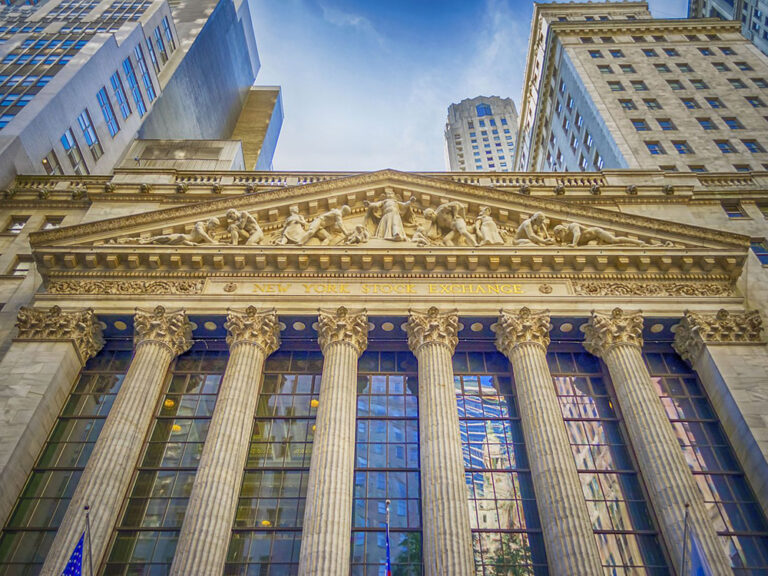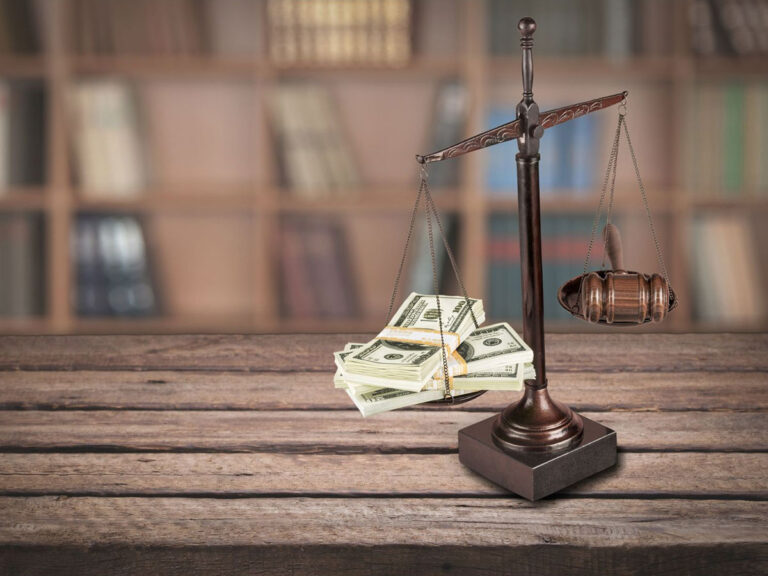Sugar – we all love it. It tastes delicious, makes up the treats that we have on birthdays and holidays, and kicks in our endorphins.
Unfortunately, it also causes health problems. Diabetes. Heart disease. Obesity. All scary things to deal with.
That’s why, last October, the World Health Organization (WHO) called for countries to specifically tax sugary drinks. Their hope is that higher cost will load to lower consumption, which will in turn reduce obesity and its related diseases.
WHO believes that a 20% increase in the cost of sodas and related sugar-laden drinks, would lead to a 20% reduction in their consumption. In other words, if sodas costs more, people will drink them less. And, theoretically, if people drink fewer sodas, they will be less likely to be overweight. Hence, the so-called soda tax or sugar tax.
In case you’re one of the few who doesn’t know how much of a problem obesity is, consider the following United States statistics from the National Institute of Diabetes and Digestive and Kidney Diseases:
- More than 2 in 3 adults are considered to be overweight or obese.
- More than 1 in 3 adults are considered to be obese.
- More than 1 in 20 adults are considered to have extreme obesity.
- About one-third of children and adolescents ages 6 to 19 are considered to be overweight or obese.
- More than 1 in 6 children and adolescents ages 6 to 19 are considered to be obese.
Those numbers are staggering.
A Tax on Sodas is a Type of “Sin Tax”
What WHO is asking for – a tax on sugary drinks – is something known as a sin tax. A sin tax is just what it sounds like: A tax on something that’s bad for you. The logic behind a sin tax is twofold:
- Reduce use of the unhealthy items by increasing the associated cost, and
- Use the funds raised by the tax to fund public health programs, from education initiatives to research to health care.
The idea isn’t new. As Americans, we already pay sin taxes on cigarettes and alcohol. Specifically, this is in the form of an excise tax, not a sales tax. An excise tax is often rolled into the cost of the item you’re buying, so sometimes you might not be aware of it. But in states where liquor is taxed, every bottle has an excise tax applied and included in the cost. Same with a pack of cigarettes. And, lots of times, sales tax is then applied as well.
On the surface, a sin tax sounds great. Let’s raise the prices of things people shouldn’t consume (or shouldn’t over-consume) and everyone wins. But the opposition has excellent arguments too. The first is that sin taxes unnecessary hurt the poor, who are less able to afford them, while well-to-do citizens really aren’t hit that hard. The second is that it encourages black markets, where people buy and sell products illegally in order to avoid taxes.
As every fan of the TV show Moonshiners knows.
A Little Background on Soda Taxes
Many of us already pay regular sales tax on soda and other sugary drinks. A Bridging the Gap report in 2014 found that 34 states and the District of Columbia tax soda sold in stores, while 39 states and D.C. tax soda sold by vending machines. That tax averages a bit over 5%. In many cases that sales tax is higher than the sales tax applied to food items. The idea is that food is necessary to live, but a Pepsi is not, so it gets taxed higher.
Legislation to add a specific tax to sugary drinks is fairly new, but the idea is not. Way back as far is 1914, President Woodrow Wilson proposed the idea, although for different reasons. His justification was the need to increase revenues due to import changes related to World War I. History buffs will enjoy this scan of the front page of the Hawaiian Gazette newspaper from September 1, 1914. (The article about soft drink taxes is at the very bottom, halfway across the page.) The proposal also included beer and patent medicines.
Modern efforts truly got started in 2014, when Berkeley, California passed the nation’s first soda tax law. A similar initiative was on the ballot that same year in San Francisco, but it was defeated there.
Berkeley’s tax amounts to 1 cent on every ounce. So a 12-ounce can of Sprite costs an additional 12 cents in taxes. The measure is considered successful. The tax officially took effect in March 2015, and since then, the city has seen a reduction in soda consumption greater than one-fifth.
2016 saw new efforts, as 4 cities and one county approved a similar tax during the November elections. The first of those to go into effect is Philadelphia, Pennsylvania.
The Philadelphia Soda Tax
On the first day of the 2017 new year, Philadelphia’s new Sugar-Sweetened Beverage Tax took effect. The law had been approved on June 16, 2016, as a new amendment to Title 19 of The Philadelphia Code. Many people were not fans, and took to social media to complain. Here’s one tweet showing one such reaction:
From a Facebook post, the Philadelphia sugary drink tax implemented today damn, between that & Pennsylvania gas tax no wonder folk revolted
— SalenaZito (@SalenaZito) January 2, 2017
At one-and-a-half cents per ounce, it’s higher than Berkeley’s tax. To use the same example I used before, a 12-ounce can of Sprite now costs an additional 18 cents in tax. While most of us can probably find that in our couch cushions, a better illustration of the costs comes on things like cases of soda or multi-packs of Gatorade:
@johnkim @SalenaZito Alcohol taxed at 10% per drink. “Soda” tax is per ounce. It’s crazy. Check out new price of Gatorade in Philly…
— Jamie Slonis (@JamieSlonisCG) January 2, 2017
Notice that second example isn’t a soda. While we’re calling this a soda tax, and the real name is the “Sugar-Sweetened Beverage Tax”, it’s a bit broader than that. It applies to soda, artificially-sweetened diet soda, energy drinks, juice, and even milk substitutes and tea. Even the syrup used in fountain drink machines is taxed.
Technically, this isn’t a sales tax, and it’s not quite the same as an excise tax, either. It’s a tax on the distribution of these products. That means that the distributor charges it to the retailers (stores, vending machine operators, etc.) and remits it to the city. The retailers aren’t required to collect it, and it’s not paid directly by consumers either. In fact, the tax doesn’t truly have to be passed along to consumers, but of course, it is.
The upside is that the revenue is going to be used for things we all like: community schools, parks and recreation centers, libraries, and the city’s pre-kindergarten programs. While these aren’t directly related to the “sin” involved in drinking a sugar-bolstered beverage, they are still pretty good things that most of us really like.
Still, many consumers don’t care for the tax. As this article by Fox News points out, the soda tax in Philly is 24 times more expensive than the state’s tax on beer. Fink’s Hoagies (“King of Gourmet Hoagies”) in the northeast part of the city has even stopped serving sodas at its shop. This article at the Philly Voice has a great photo of their sign informing customers of the change, which calls the tax a “blatant robbery of hard working Philadelphia taxpayers’ money”.
Of course, Big Soda is against it too. The tax will certainly cut into their revenues, if the drop in consumption seen in Berkeley also happens in Philadelphia. The American Beverage Association, which is the largest US trade association for soft drink bottlers, has funded considerable lobby attempts to sway legislators. There’s also an industry group called Americans Against Food Taxes, who paid for national ads and lobbied to oppose these kinds of taxes. This group is backed by companies such as Welch’s (juice), PepsiCo (soda), McDonald’s, and Burger King, as well as organizations including the American Beverage Association and the Corn Refiners Association. Obviously we’re talking big politics here.
And that leads to legal matters. The law is currently tied up in court, as the beverage industry and others fight it.
Measures Also Enacted in Locations in California, Colorado, and Illinois
Philadelphia is only the first of several new soda taxes to take effect. Last year, voters in Oakland, San Francisco and Albany, all cities in the Bay Area of California, passed similar measures. Boulder, Colorado did too. But the largest one (in terms of affected population) that will take effect is Cook County, Illinois – the county that includes Chicago. Here are the details.
- San Francisco, CA – Prop V passed with over 61% of the vote on 11/8/16. It will add a 1-cent per ounce tax on sodas. The tax takes effect on January 1, 2018.
- Oakland, CA – Measure HH passed with over 60% of the vote on 11/8/16. It will add a 1-cent per ounce tax on sodas. The tax takes effect on July 1, 2017.
- Albany, CA – Prop O1 passed with over 70% of the vote on 11/8/16. It will add a 1-cent per ounce tax on sodas. The tax takes effect on January 1, 2017
- Boulder, CO – Measure 2H passed with 54% of the vote on 11/8/16. It will add a 2-cent per ounce tax on sodas. The tax takes effect on July 1, 2017
- Cook County, IL – Passed by a 9-8 vote of the Board of Commissioners on 11/10/16. It will add a 1-cent per ounce tax on sodas. The tax takes effect on July 1, 2017.
Internationally, other countries are doing the same thing. Mexico already has a soda tax, and the United Kingdom has approved one, but it’s not yet in effect.
The jury is still out on how much this will help or hurt our society. What also remains to be seen is whether states themselves will eventually impose such taxes, rather than individual cities and counties.





